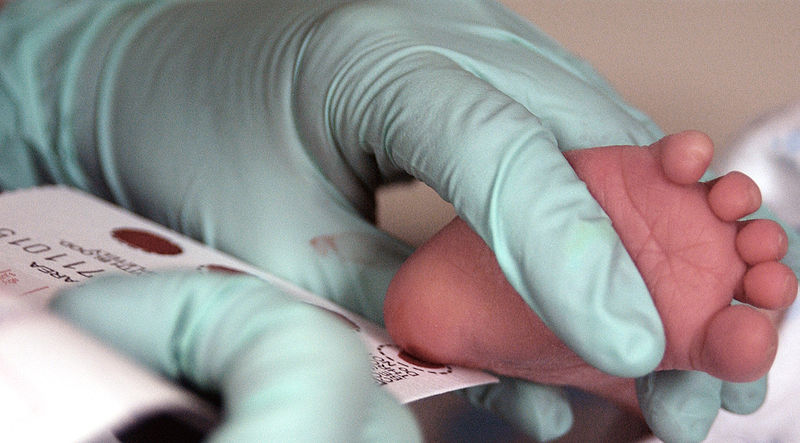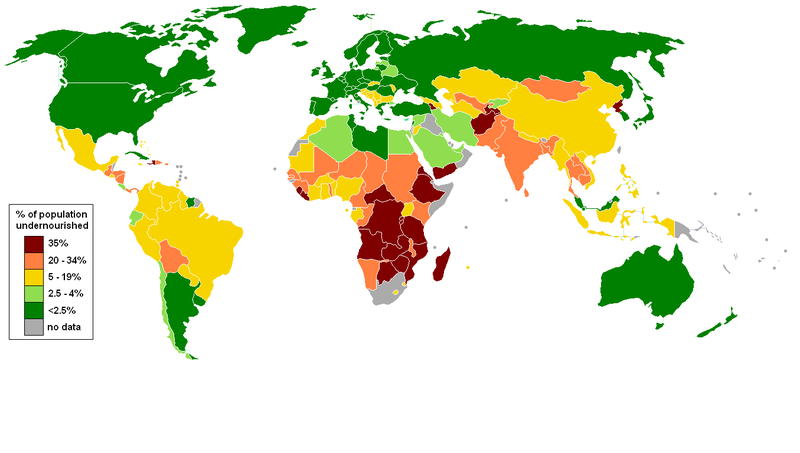Team:Imperial College London/M1/EnzymeDelivery
From 2009.igem.org

Contents |
 Module 1: Protein Production Overview
Module 1: Protein Production Overview
Enzyme Delivery
To carry out their functions, enzymes must maintain their precise three dimensional conformations. Many enzymes denature in the acidic conditions of the stomach rendering them inactive. Even enzymes that survive stomach acid must face an assalt from stomach proteases. For these two reasons, enzymes are well suited for encapsulation. The E.ncapsulator has been showcased with two important enzymes: phenylalanine hydroxylase (PAH) and cellulase.
Phenylalanine Hydroxylase (PAH)
PAH converts one amino acid (phenylalanine) into another (tyrosine). PAH is normally found in the liver, however individuals lacking this important enzyme suffer from the genetic disorder Phenylketonuria (PKU). Individuals with PKU must limit their consumption of phenylalanine otherwise its accumulation can result in problems with brain development, leading to progressive mental retardation, brain damage and seizures.
PKU is currently tested for by genetic screening newborn babies. There is no cure for this disease, and current treatments revolve around following a strict low protein diet.
Since PAH is usually found in the liver, it unsurprisingly lacks any natural resistance to proteases found in the intestine. In order to overcome this problem we introduced a mutation into the structure of PAH to increase its resistance to proteolytic degradation. The delivery of PAH by The Encapsulator is particularly relevant on two accounts. Firstly, it represents a landmark in metabolic subcontraction and secondly, it offers a treatment for a genetic disease.
 About PAH and how we modified it as well as more about the condition phenylketonuria.
About PAH and how we modified it as well as more about the condition phenylketonuria.
Cellulase
Ruminants survive on a diet high plant matter through the breakdown of cellulose and xylan by their gut microflora. Non-ruminants, such as humans, are unable to release much of the energy found in these compounds, and so must rely on an omnivorous diet.Of course, the transfer of energy between trophic levels is notoriously poor. If non-ruminants were able to obtain more energy from plant matter, the net effeciency of energy transfer would be raised reducing the volume of food required in a diet. In addition, polysaccharides such as cellulose form viscous gel-like structures that trap starch, proteins and fats which would otherwise be accessible to the animal's digestive enzymes and transport systems.
We therefore propose that to demonstrate The E.ncapsulator's versatility, we will enable the production of cellulase enzymes by the system.
 About Cellulase and our proposed solution.
About Cellulase and our proposed solution.
Module 1: Enzyme Production






 "
"





